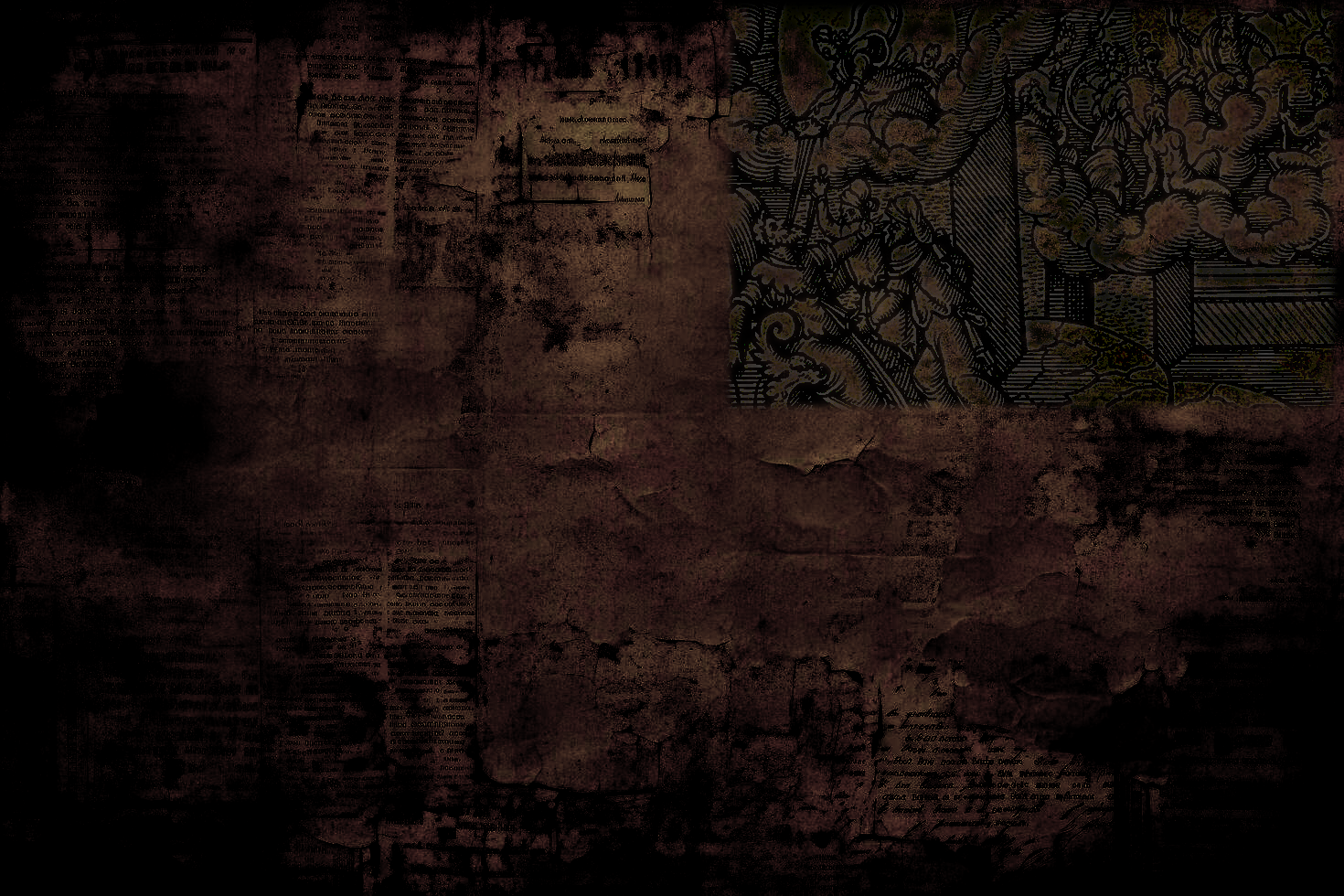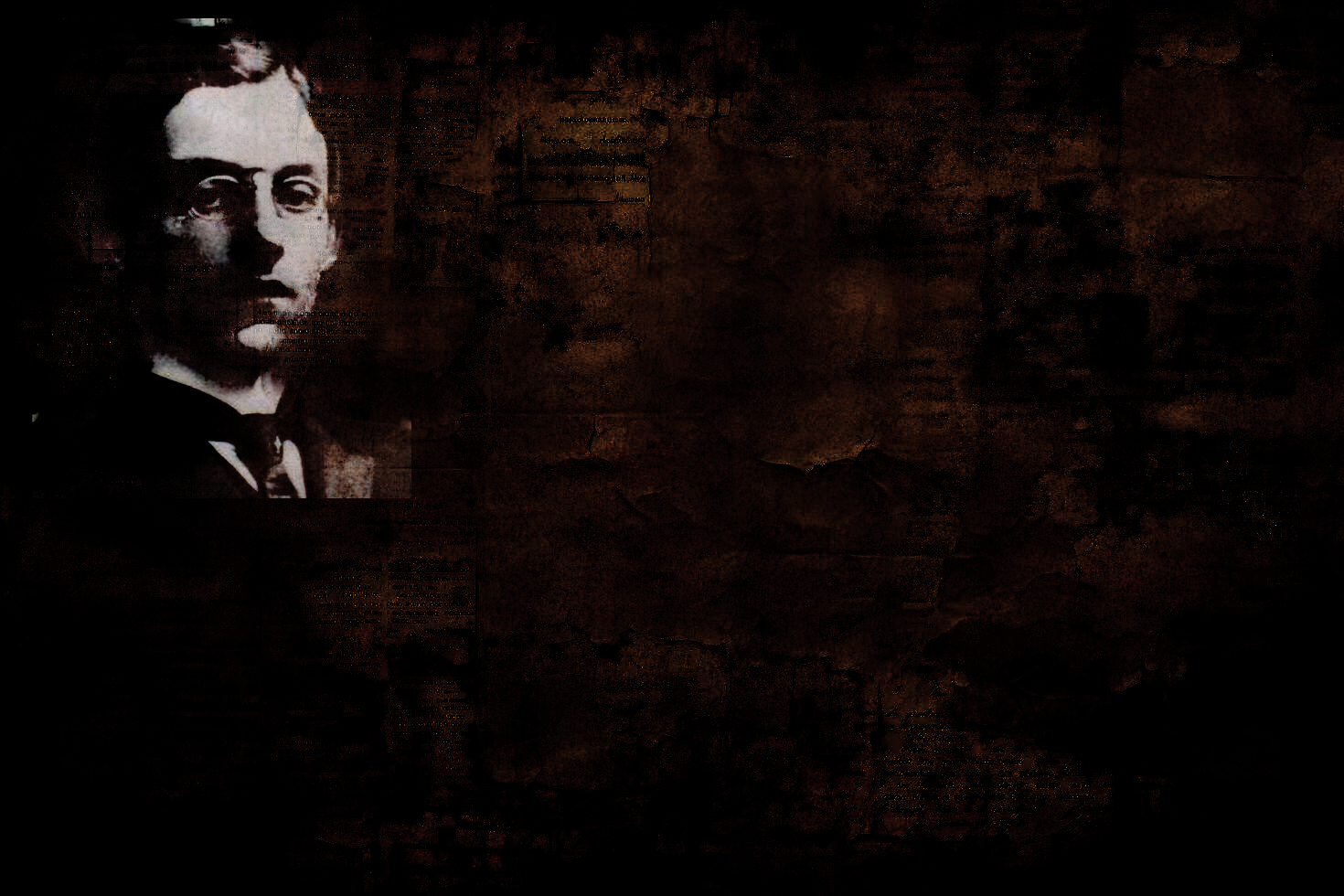
“And I pray to my wretched parents and to his
On behalf of both of us: do not begrudge
A common tomb to those whom faithful love
And death’s final hour have joined”
Virgil. The Aeneid. Translated by Robert Fagles, Viking Penguin, 2006.
Kafka’s Comedy
Black comedy in literature remains a fickle and contentious topic. Often shrouded in ambiguity and absurdity, it can be challenging to pinpoint the exact details of what qualifies for this genre. However, black comedy can undoubtedly be attributed to the works of Ovid; his “Metamorphoses.” A masterpiece of transformational tales, this work left an indelible mark on the literary world since its conception in the mists of antiquity. Fast forward a couple of millennia, and we encounter another tale of metamorphosis, albeit with a decidedly darker twist: Franz Kafka’s “The Metamorphosis.” At first glance, comparing these two works might seem a bit obvious. However, the influence of Ovid in Kafka’s “The Metamorphosis” is undeniable. Ovid’s satirical retelling of mythological transformations serves as a major component of Kafka’s use of black comedy and existential dread. Upon close examination, one can discern a subtle but poignant homage by Kafka to the thematic underpinnings of Ovid’s magnum opus.
Ovid’s “Metamorphoses” is a major poetic epic of divine caprice and mortal folly. Gods and mortals alike find themselves subjected to the whims of fate, undergoing radical transformations that serve as allegories for the human condition. From the tragic tale of Daphne, transformed into a laurel tree to escape the advances of Apollo, to the whimsical antics of Mercury disguised as a cow, Ovid’s work brims with life and laughter, death and despair. An unwavering sense of existential hopelessness pervades a realm ruled by divine fate and mortal determinism. Enter Kafka’s “The Metamorphosis,” a haunting exploration of one man’s descent into modern existential despair. Gregor Samsa awakens one morning to find himself transformed into a monstrous vermin, setting off a chain of events that unravel the fabric of his mundane existence as an unremarkable sales representative.
Kafka’s work echoes the themes of Ovid’s “Metamorphoses” in its own twisted way. Like the characters in Ovid’s tales, Gregor Samsa finds himself at the mercy of forces beyond his control. His transformation, while grotesque, serves as a metaphor for the arbitrary nature of existence, where even the most mundane aspects of life can be upended in an instant. Kafka’s portrayal of authority and power mirrors the shifting dynamics found in Ovid’s stories. Gregor, once the breadwinner for his family, becomes a burden upon metamorphosing, his very presence serving as a reminder of the fragility of their familial community. As they adjust to their new reality, they undergo their own transformations, often depicting the cruel nature inherent in dependents who no longer benefit from the hand that fed them. Serving as a reminder to the antagonist that regardless of feelings and promises, we are all subjected to the absurd nature of fate.
Both Ovid and Kafka serve as pioneers of black comedy in literature. While Ovid’s work depicts the reflective division of mortals and Gods, Kafka delves into corners, finding humour in the absurdity of human existence. Both stories signify the inhibitions of the mortal realm, subjugated by rules of nobody’s making, where it seems that fate and justice are more easily conquered in places defined by dreams. It is in these realms of dreams where the human condition can be examined to the fullest extent, outside the restraints of real-life restrictions which present us with impossible challenges. It is in the fictitious realms of Gods and bugs alike where one can act on what truly feels right, regardless of the real-life logic that fails to reflect our innermost fears and desires.
This is mostly a work of fiction. Names, characters, places, and incidents either are the product of the author’s imagination or are used mostly fictitiously. Any resemblance to actual persons, living or dead, events, or locales is mostly incidental.






